What are the safety shoes standards?
The European Standard EN 344:1997 "Safety, protective and occupational footwear" is drafted by the Technical Committee CEN/TC61 "Foot and Leg Protective Equipment" under the secretariat of BSI. This standard specifies the design, construction, upper, lining, tongue, insole, outer sole and performance requirements of safety footwear. The test methods for various parameters specified in the standard are similar to those of other similar standards and their principles are generally applicable to most safety footwear. The main indicators include
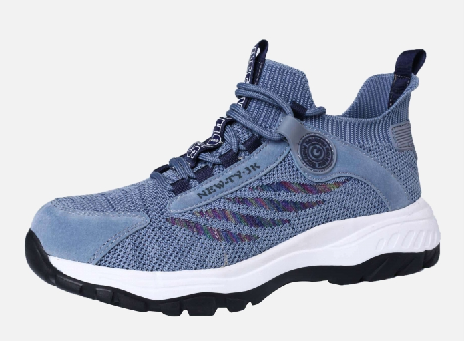
1. Toe cap impact resistance:
Impact tests are conducted using a steel impact hammer of a specified weight. The gap height under the toe cap during impact should be less than the specified value and no penetration cracks should appear in the toe cap in the direction of the test axis. It's worth noting that the standards of different countries have different specifications for the weight, dimensions, impact height of the hammer and the construction of the testing machine, which should be distinguished during the actual test.
2. Puncture resistance:
A test plate with test nails, the hardness of which should be more than 60HRC, is mounted on a testing machine. The test nails, with their tips removed, are driven into the outsole of the footwear at a speed of 10 mm/min ± 3 mm/min until penetration occurs. The maximum force required is recorded. Four points on the outsole of each footwear (including at least one point on the heel) are tested, with a minimum distance of 30 mm between each point and a distance of more than 10 mm from the edge of the insole. For outsoles with anti-skid blocks, the test should be performed between the blocks. Two of the four points should be tested within 10-15 mm of the edge line of the heel. If moisture may affect the results, the outsoles should be immersed in deionized water at 20°C ± 2°C for 16 ± 1 hours prior to testing.
3. Electrical properties of conductive and antistatic footwear:
After conditioning in dry and wet atmospheres, clean steel balls are filled into the footwear and placed on a metal probe device. The resistance between the first two probes and the third probe is measured using a specified resistance tester. In general, the resistance for conductive footwear should not exceed 100K ohms, while for antistatic footwear it should be between 100K ohms and 100M ohms.
4. Insulation performance:
A finished footwear sample with a thermocouple placed in the middle of the insole joining area and steel balls filled inside the footwear is subjected to a temperature of 150°C ± 5°C using a sand bath. The temperature of the insole and the corresponding time are measured using a temperature tester connected to the thermocouple, and the temperature increase curve is plotted. The temperature increase is calculated from the time the sample is placed in the sand bath to 30 minutes after the sample is placed in the sand bath. In general, the temperature increase on the surface of the insole should be less than 22°C for insulated footwear.
5. Heel energy absorption:
The maximum compressive load of the testing apparatus is 6000N, equipped with a device to record the load/deformation characteristics. Footwear with heel is placed on a steel plate, and the test probe is placed in the middle of the heel part. The load is applied at a speed of 10 mm/min ± 3 mm/min. A load/compression curve is plotted and the absorbed energy E is calculated in Joule.
6. Requirements for slip-resistant outsoles:
This standard specifies the slip-resistance coefficient of the outsole, but also provides specifications for the design and dimensions of slip-resistance blocks, such as outsole thickness, height of slip-resistance blocks, and distance from the edge of the outsole.
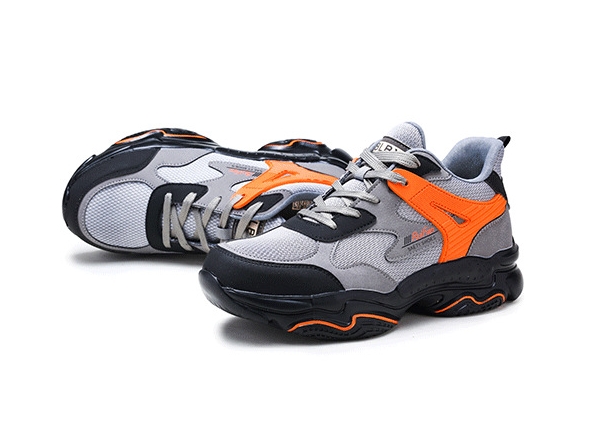
Various national standards include
- American Standard (ANSI-Z41-1991)
- Australian Standard (AS/NZS 2210.1:1994)
- Chinese standard (GB 4014-83, GB 7054-86)
- Japanese Standard (JIS-T-8015:1983)
The document also outlines the safety and physical performance standards, test equipment and instructions for using safety footwear.
 What are anti-static safety shoes?
What are anti-static safety shoes?
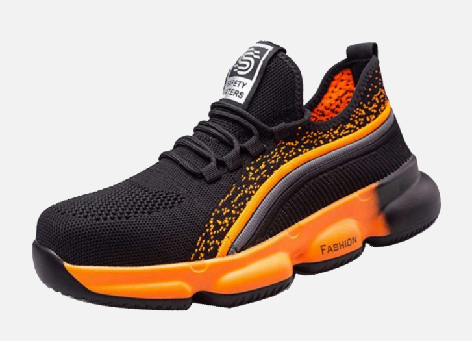 How to clean safety footwear quickly?
How to clean safety footwear quickly?
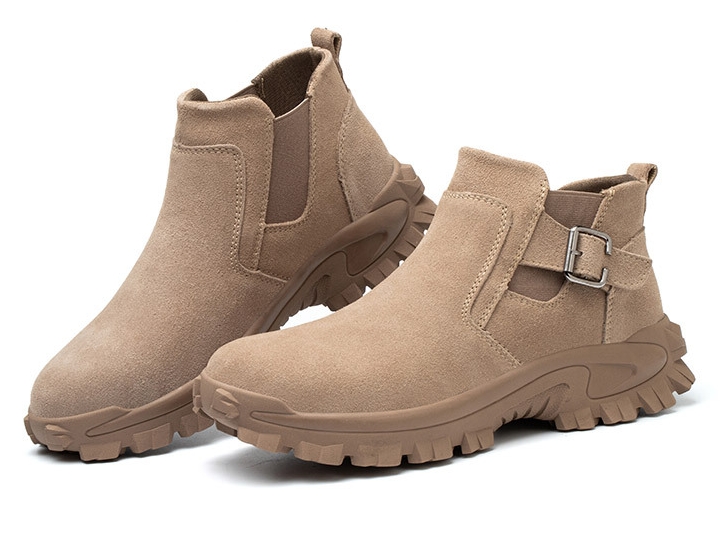 What are the safety shoes standards?
What are the safety shoes standards?
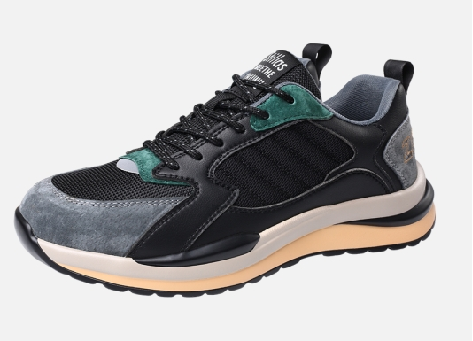 How to clean safety shoes quickly?
How to clean safety shoes quickly?
